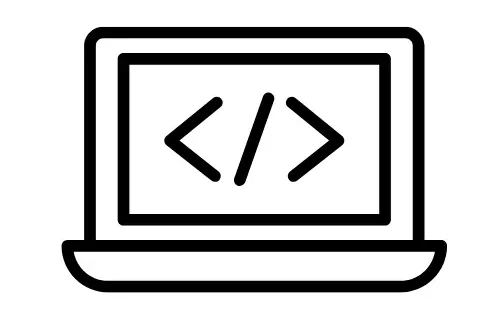CSS Grid Layout: Creating Grid-Based Designs Easily
Introduction
In this article, we’ll explore how to use CSS Grid Layout to design websites with ease. CSS Grid is a powerful tool that allows us to create complex layouts with simplicity. Let’s dive into understanding what CSS Grid is and why it’s beneficial for designing websites.
Understanding CSS Grid Layout
CSS Grid Layout is a system that allows us to create grids on web pages. A grid is like a framework made up of rows and columns that helps us organize content. With CSS Grid, we can easily place elements into specific areas of the grid, making it simpler to design websites.
Getting Started with CSS Grid
To start using CSS Grid, we need to understand some basic concepts. We’ll learn about grid containers, which are the parent elements that hold our grid. Then, we’ll explore how to define rows and columns within the grid container.
Creating Grids
Once we’ve set up our grid container, we can start creating grids. We’ll learn about grid lines and tracks, which are the building blocks of our grid. Grid lines define the boundaries of each row and column, while tracks are the spaces between these lines where we can place our content.
Placing Items on the Grid
With our grid in place, we can now start placing items onto it. We’ll discover how to use grid areas and cells to specify where our elements should go within the grid. Additionally, we’ll explore grid properties that help us position items precisely where we want them.
Responsive Grids
One of the great things about CSS Grid is its ability to create responsive layouts. We’ll learn how to make our grids adapt to different screen sizes using media queries. This ensures that our websites look good on various devices, from large desktop screens to mobile phones.
Advanced Grid Techniques
As we become more familiar with CSS Grid, we can explore advanced techniques. We’ll learn how to span items across multiple grid cells and how to align and justify items within the grid. These techniques give us greater control over the layout of our websites.
Practical Examples
To solidify our understanding, we’ll look at some practical examples of using CSS Grid in real-world scenarios. We’ll design common layouts such as navigation menus, image galleries, and card grids. Along the way, we’ll pick up tips and tricks for creating efficient grid-based designs.
Conclusion
In conclusion, CSS Grid Layout is a powerful tool for creating grid-based designs easily. By understanding its basic concepts and mastering its techniques, we can build visually appealing and responsive websites with confidence. Keep practicing and experimenting with CSS Grid to unleash its full potential in your web projects.
